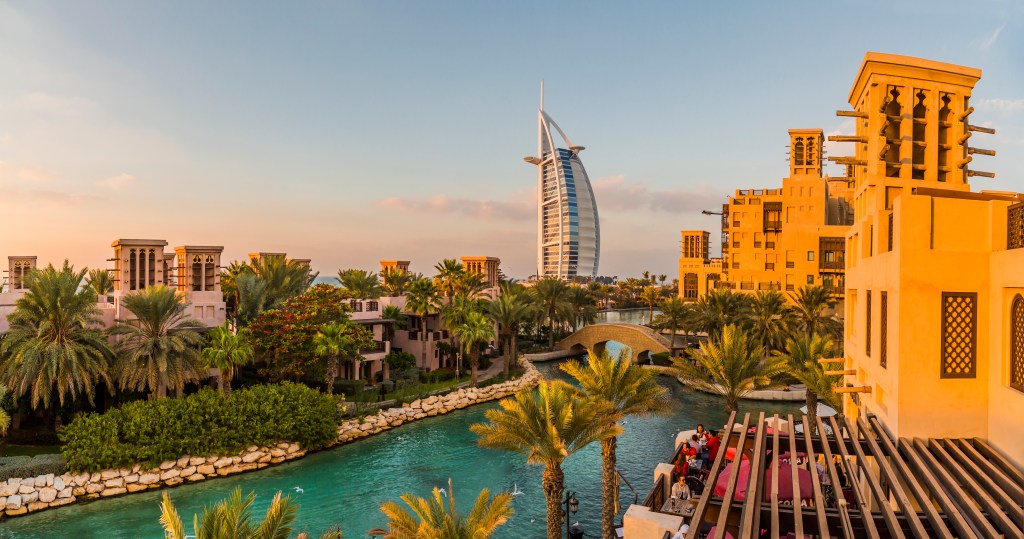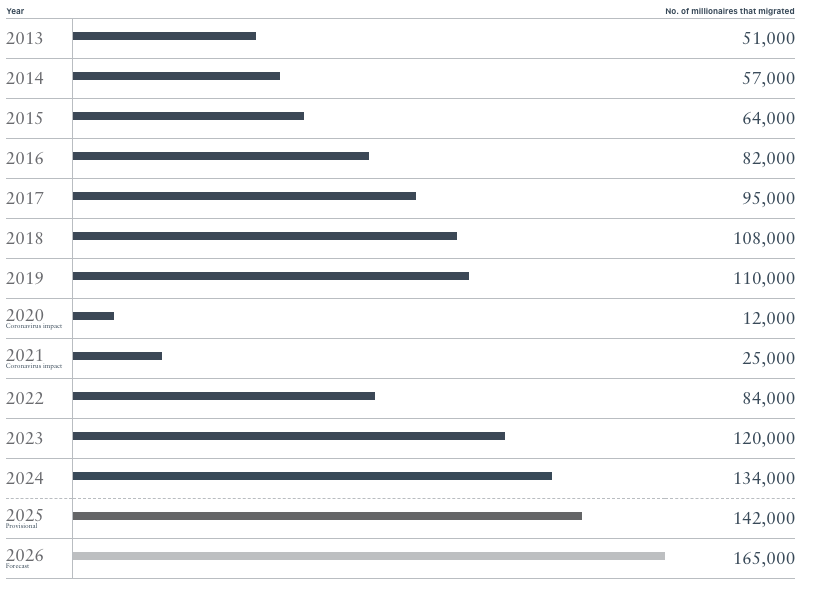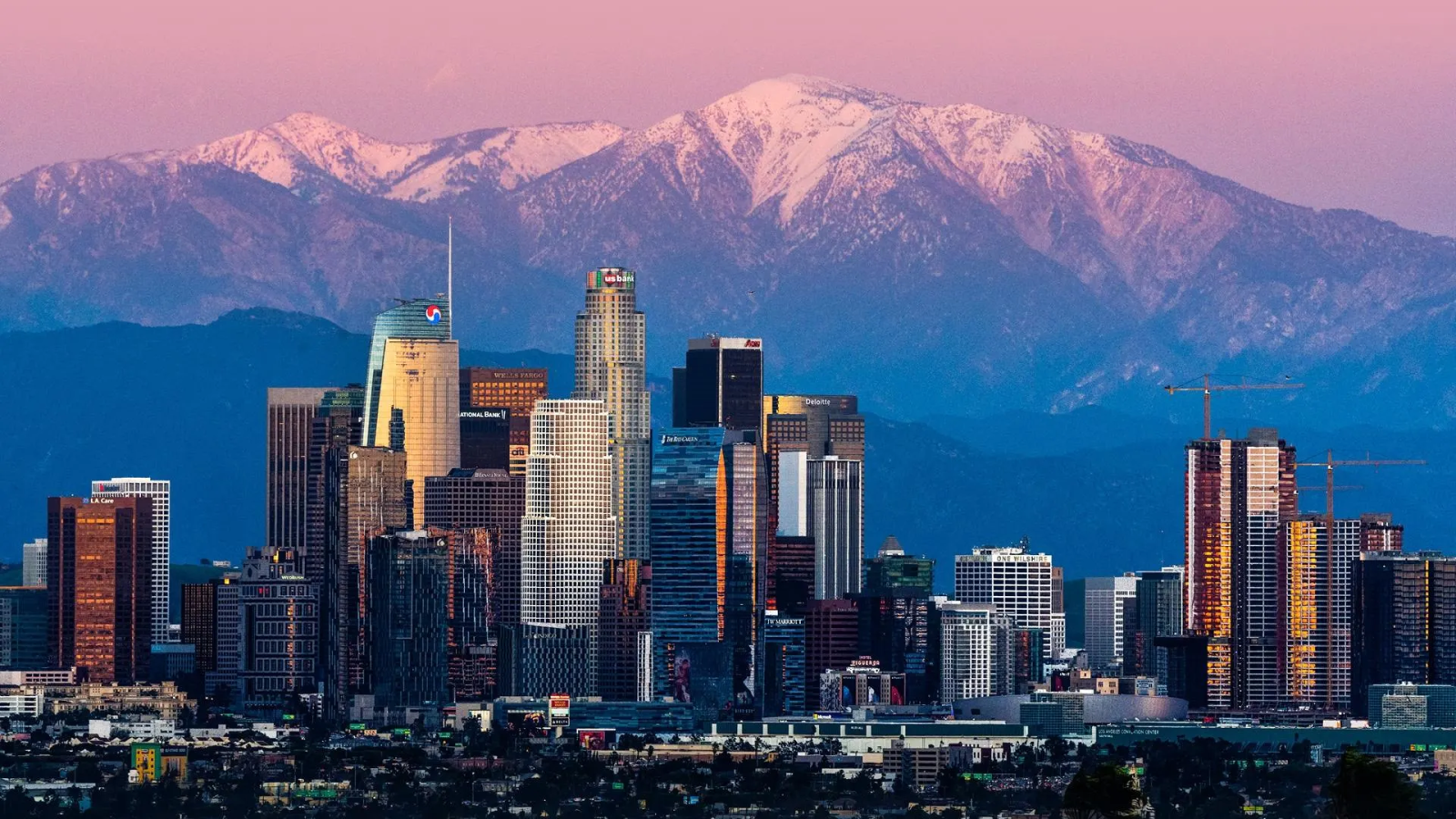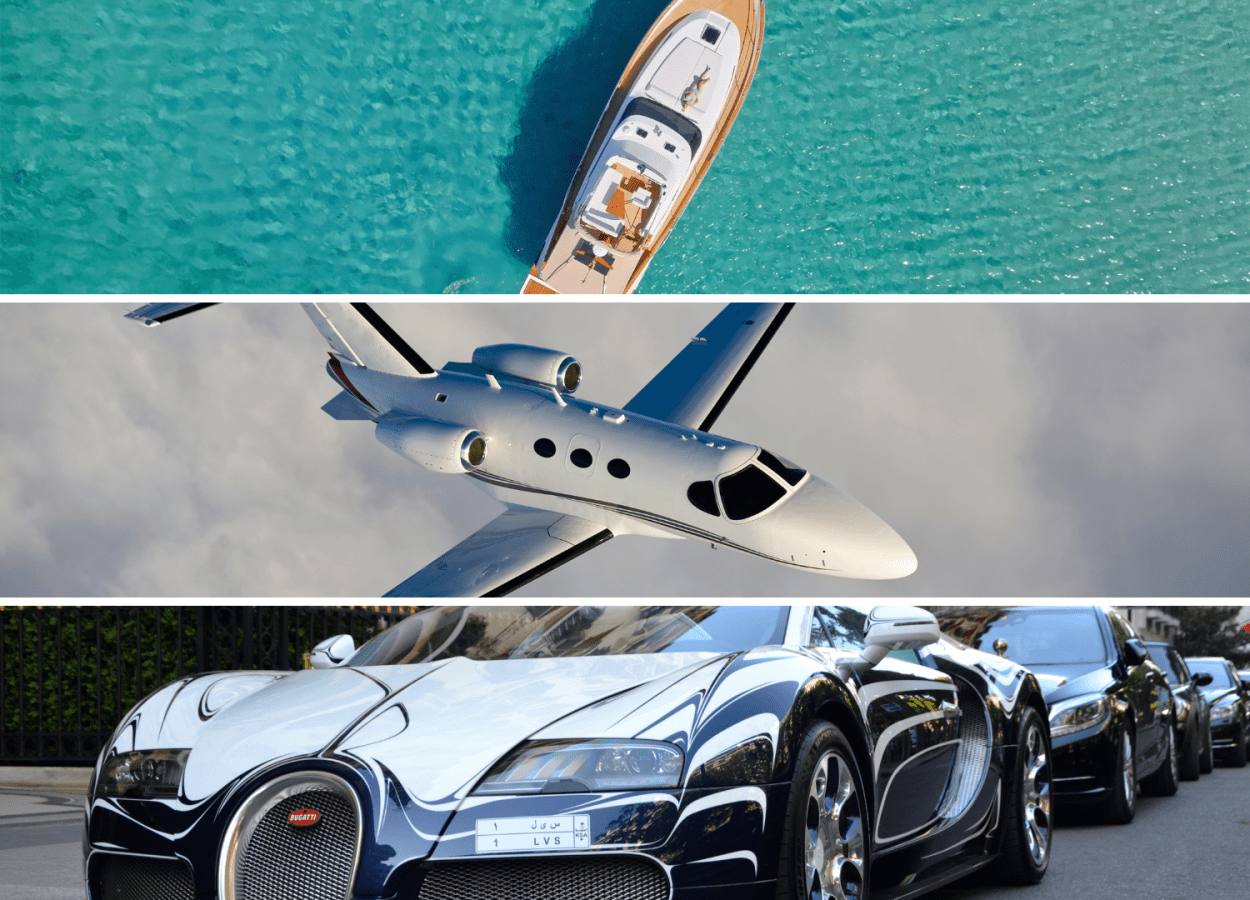The largest voluntary transfer of private capital in modern history is underway, according to a new report on wealth migration—with the United Arab Emirates and U.S. gaining ground and the United Kingdom and China losing big.

Key Takeaways
- A record 142,000 HNWIs (high-net-worth individuals)—defined as having liquid investable wealth of $1 million or more—will acquire residency or citizenship status in another country this year, according to the Henley Private Wealth Migration Report 2025, with projections climbing to 165,000 in 2026.
- “To have one million dollars in liquid assets, basically money in the bank, generally you’d have to be worth close to $10 million,” Nuri Katz, founder of Apex Capital Partners, a firm that provides investment immigration guidance to high-net-worth clients, told Forbes.
- The U.A.E. is again the most sought-after wealth haven with 9,800 HNWIs projected to gain residency status in the Middle Eastern country in 2025—up from 6,700 last year—according to the Henley report.
- The report’s fastest riser is Saudi Arabia, projected to welcome more than 2,400 inbound millionaires in 2025, an eight-fold increase from last year, thanks to a surge of returning Saudi nationals and international investors settling in Riyadh and Jeddah.
- Conversely, the United Kingdom faces the largest single-year exodus of wealth ever recorded, with Henley projecting 16,500 HNWIs acquiring residency status elsewhere.
- China is the report’s second-biggest loser with 7,800 HNWIs projected to gain residency status elsewhere in 2025.
Why Does Wealth Migration Matter?
“At stake is a profound shift in economic influence, as countries compete not just for talent but for the fortunes that follow it,” the Henley report says. “With estimated collective investable wealth of around $63 billion, the U.A.E. has evolved from regional hub to global wealth nexus through comprehensive policy innovation.”
The report’s authors highlight the United Kingdom as a cautionary tale, since prior to 2016, it had always attracted more millionaires than it lost to migration. But Katz says the term “migration” is a bit of a misnomer. “In my experience, wealthy individuals do these programs as a Plan B,” he said. “These people are not actually leaving the U.K. They are simply getting paperwork in different countries, but aren’t necessarily making the move.”

How Do Most High-Net-Worth Individuals Gain Residency In Another Country?
Most HNWIs migrate through acquiring work visas, ancestry visas, retirement visas, family visas or through birthright second passports, according to Henley & Partners. Only about 30% “opt for investment migration programs” to secure residency or citizenship.
What Makes The U.a.e. So Appealing To High-Net-Worth Individuals?
Henley & Partners cites the Emirates’ “welcoming immigration policy” with “zero income tax, world-class infrastructure, political stability, and a regulatory framework that treats capital as partner rather than prey.” The U.A.E.’s 2019 Golden Visa program was tweaked in 2022 to expand eligibility. “Recently, a lot of high net worth people have been moving to the U.A.E. for the lifestyle and, obviously, the absence of personal income tax,” Katz said, adding while the U.A.E. is “certainly getting a lot of movement,” it’s “not so much from Americans, because Americans are never forgiven of income tax.”
Where Does The United States Rank In Henley & Partners’ List?
The U.S., No. 2 in Henley’s ranking, is expected to welcome 7,500 new high-net-worth arrivals in 2025, mainly through the EB-5 Immigrant Investor Program, which has “channeled over $50 billion in foreign direct investment while creating hundreds of thousands of American jobs,” according to Henley & Partners. President Donald Trump and Commerce Secretary Howard Lutnick have touted the work-in-progress $5 million Trump Gold Card visa program as a replacement for the EB-5 program.
Big Number
Nearly 70,000. That’s how many people Lutnick claims registered for the $5 million Trump Gold Card visa on its website in the days immediately following the website’s June 11 launch. Lutnick has said the Trump Gold Card could attract as many as 200,000 investors-turned-green cardholders, while Trump has suggested the U.S. could “sell maybe a million of these cards, maybe more than that,” noting 10 million cards could bring in $50 trillion of revenue and eliminate the $36 trillion national debt.
If Lutnick’s claim is accurate, “the vast majority” are likely simply signing up to get more information “and not actual UHNWIs (ultra-high-net-worth individuals) that are waiting to apply,” a Henley & Partners spokesperson said, adding that if the Trump Gold Card provided wealthy individuals with more favorable tax treatment on worldwide income, “we could see a couple thousand gold cards issued every year, but still a lot of unknowns at this stage.”
Katz told Forbes that Lutnick’s “math does not add up,” since “I have rarely seen anybody spend more than 10% of their net worth on an immigration program, and generally it’s more like 5%. So you’ve got to be worth $100 million in order to be able to afford this.” There are fewer than 30,000 centimillionaires in the world, and about one third are Americans who would not need to buy a green card.
This article was originally published on forbes.com and all figures are in USD.


